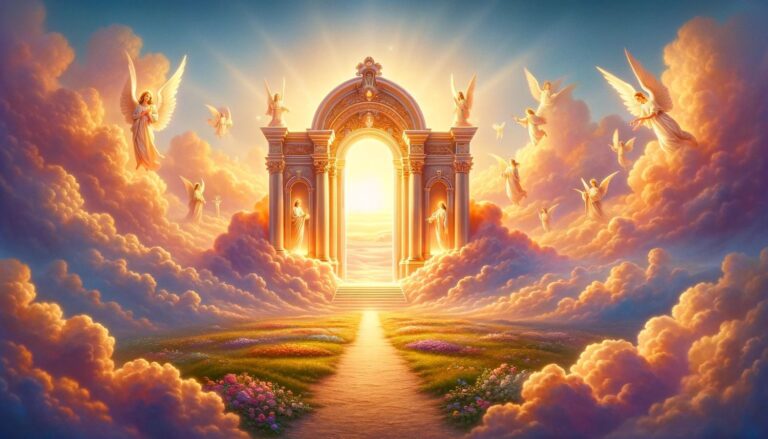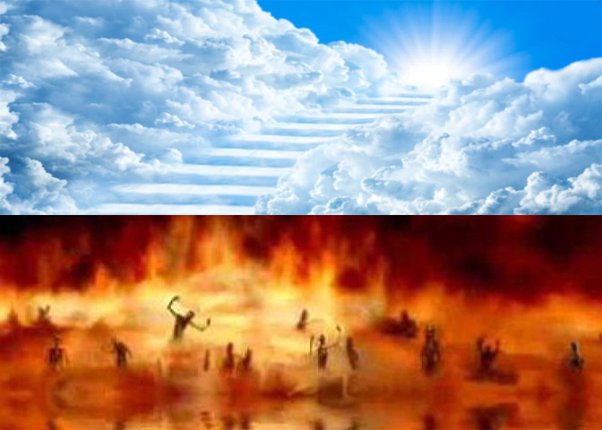The Labyrinth of the Dead
The Labyrinth of the Dead
The Labyrinth of the Dead: Underworld in Egyptian Mythology
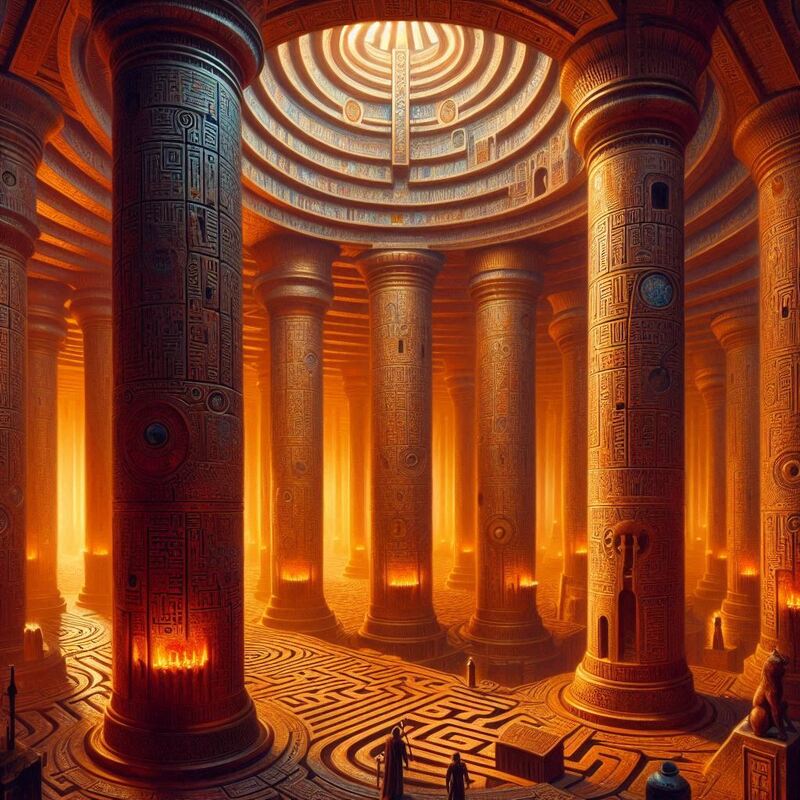
Ancient Egyptian mythology is a rich tapestry woven with gods, pharaohs, and the enduring belief in an afterlife. Central to this belief system is the concept of the Underworld, or Duat, a labyrinthine realm where the souls of the dead journey in the hope of achieving eternal life. The Duat is more than just a place of the dead; it is a complex, multi-layered domain filled with gods, demons, and various trials that reflect the Egyptians’ intricate views on death, morality, and the afterlife. This article explores the intricate mythology surrounding the Duat, its significance, and the journey of the soul through this otherworldly labyrinth.
The Concept of the Duat
The Labyrinth of the Dead
The Duat, often depicted in funerary texts and tomb paintings, is a mysterious and complex realm that lies beneath the earth and beyond the horizon. Unlike the Underworlds of many other ancient cultures, the Duat is not merely a place of darkness and torment; it is a transitional space where the soul undergoes various trials and transformations. The journey through the Duat is essential for the soul’s eventual resurrection and entrance into the eternal paradise of the Field of Reeds (Aaru).
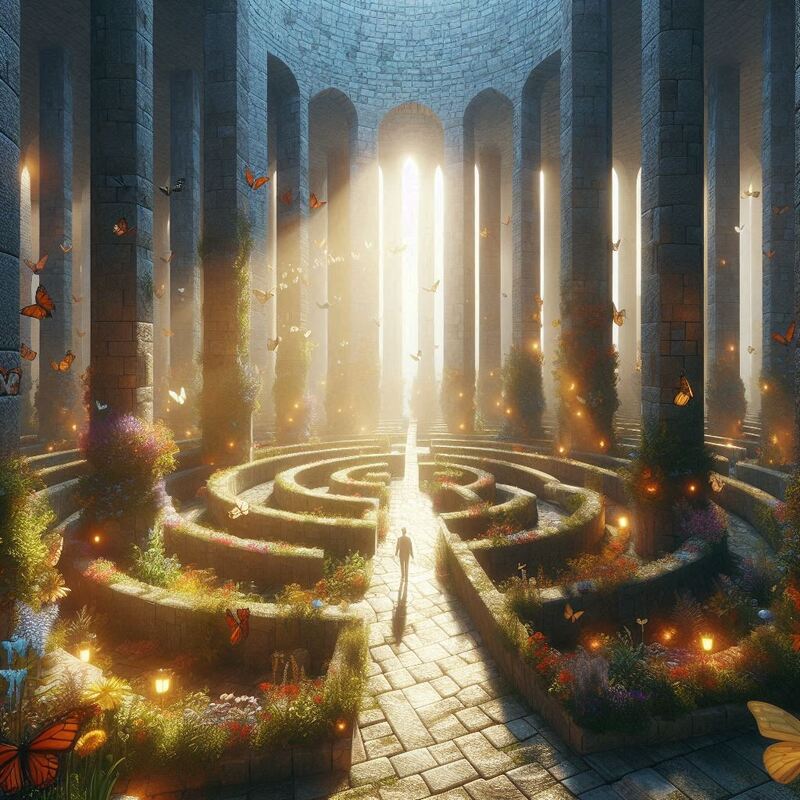
In Egyptian cosmology, the Duat is a labyrinth of interconnected regions, each ruled by different deities and populated by a myriad of supernatural beings. It is often depicted as a series of caverns, islands, lakes of fire, and rivers, including the crucial River of Night. The geography of the Duat is described in detail in texts like the “Book of the Dead,” the “Amduat,” and the “Book of Gates.”
The Journey of the Soul
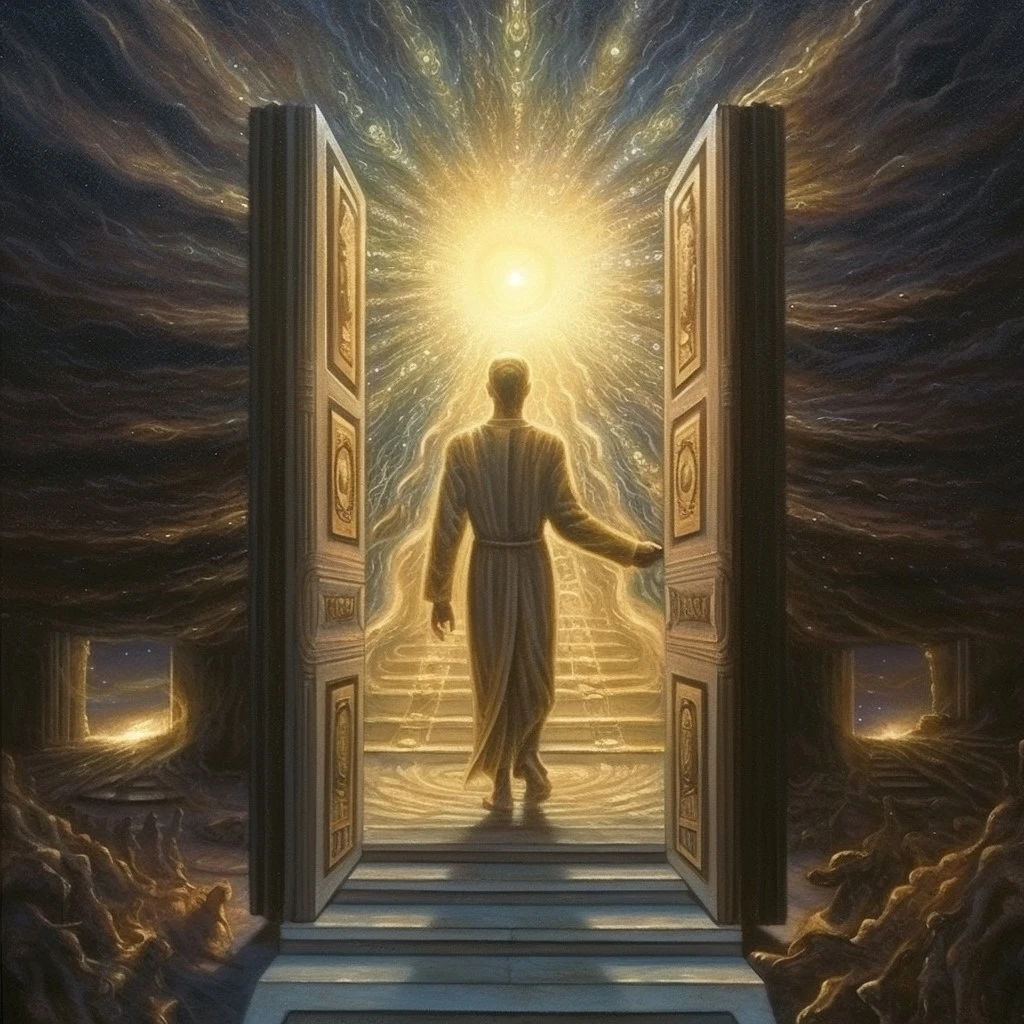
The Labyrinth of the Dead
The journey through the Duat is perilous and requires the soul to navigate a labyrinth of trials and challenges. This journey is often depicted as a nightly voyage of the sun god Ra, who travels through the Duat from sunset to sunrise, battling chaos and renewing life. The deceased are believed to follow a similar path, guided by spells, prayers, and knowledge provided in funerary texts. The Labyrinth of the Dead
- The Entrance and Initial Challenges: Upon entering the Duat, the soul faces immediate challenges. These can include encounters with fearsome guardians, gates that must be opened with the correct spells, and dangerous creatures. The “Book of the Dead” provides spells and incantations to help the soul overcome these obstacles.
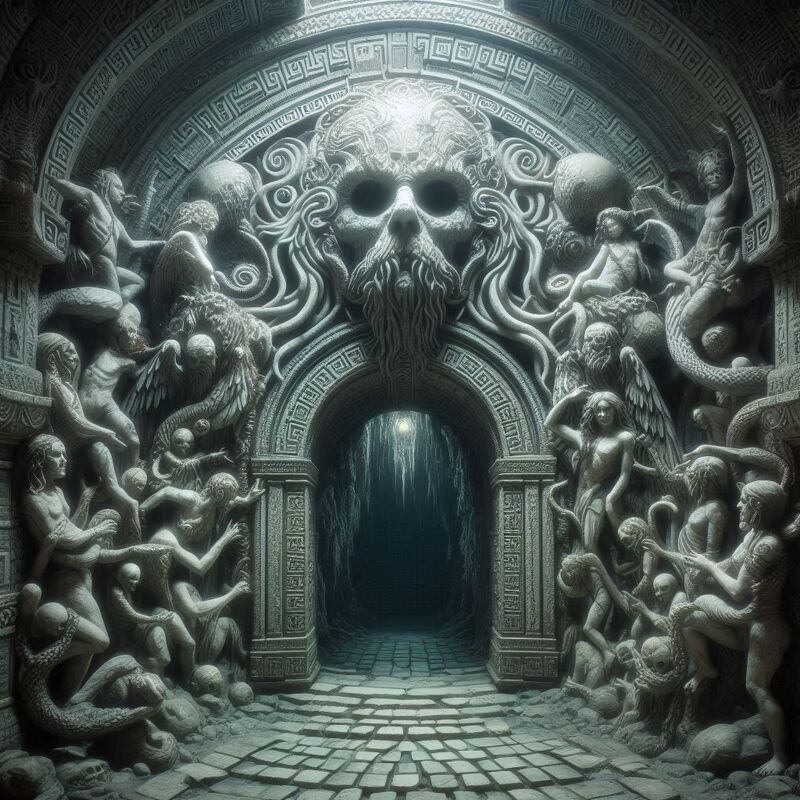
- The Hall of Ma’at: One of the most critical stages of the journey is the Hall of Ma’at, where the soul undergoes the “Weighing of the Heart” ceremony. The heart of the deceased is weighed against the feather of Ma’at, the goddess of truth and justice. This ceremony determines the soul’s fate; if the heart is heavier than the feather, it is devoured by Ammit, a fearsome deity with the body of a lion, the head of a crocodile, and the hindquarters of a hippopotamus, leading to the soul’s annihilation. If the heart balances with the feather, the soul is deemed pure and can continue its journey. The Labyrinth of the Dead
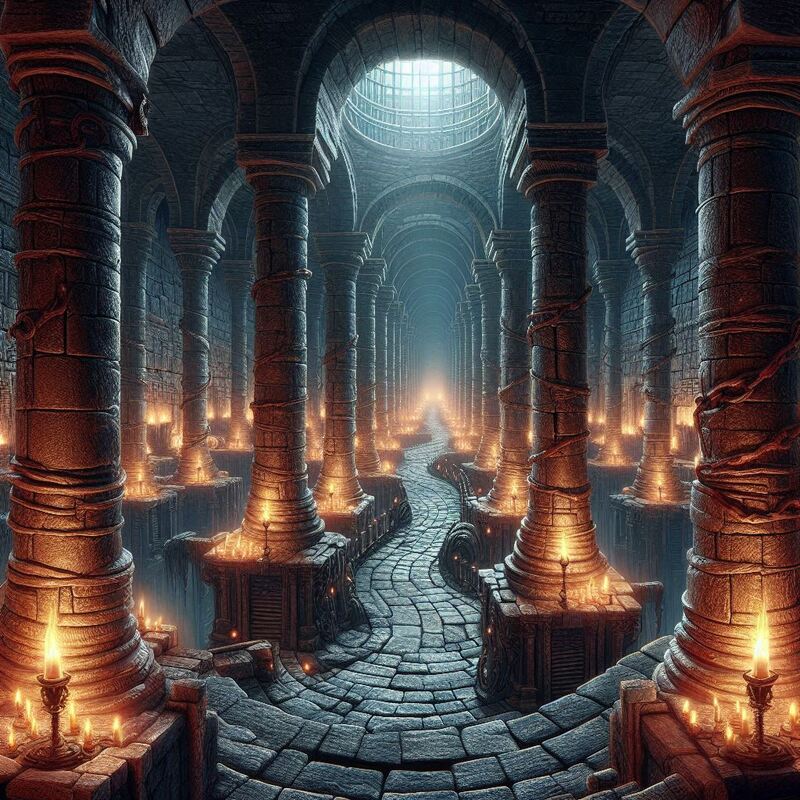
- Encounters with Deities and Spirits: Throughout the Duat, the soul encounters various deities and spirits who offer guidance or pose further tests. Key figures include Osiris, the god of the afterlife and resurrection; Anubis, the jackal-headed god of mummification and protector of graves; and Thoth, the ibis-headed god of wisdom and writing, who records the results of the Weighing of the Heart.
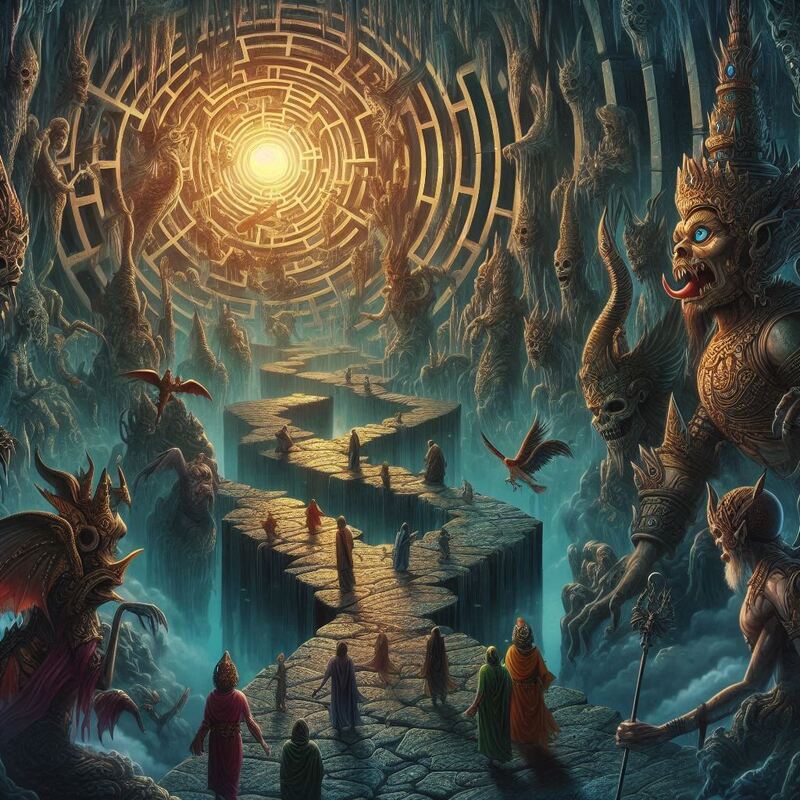
- The Field of Reeds (Aaru): The ultimate goal of the journey is to reach the Field of Reeds, a paradisiacal realm where the soul can live in eternal peace and happiness, mirroring an idealized version of life on earth. This heavenly abode is depicted as a fertile landscape of abundant crops, tranquil waters, and eternal light, symbolizing the rewards of a life lived in accordance with Ma’at.
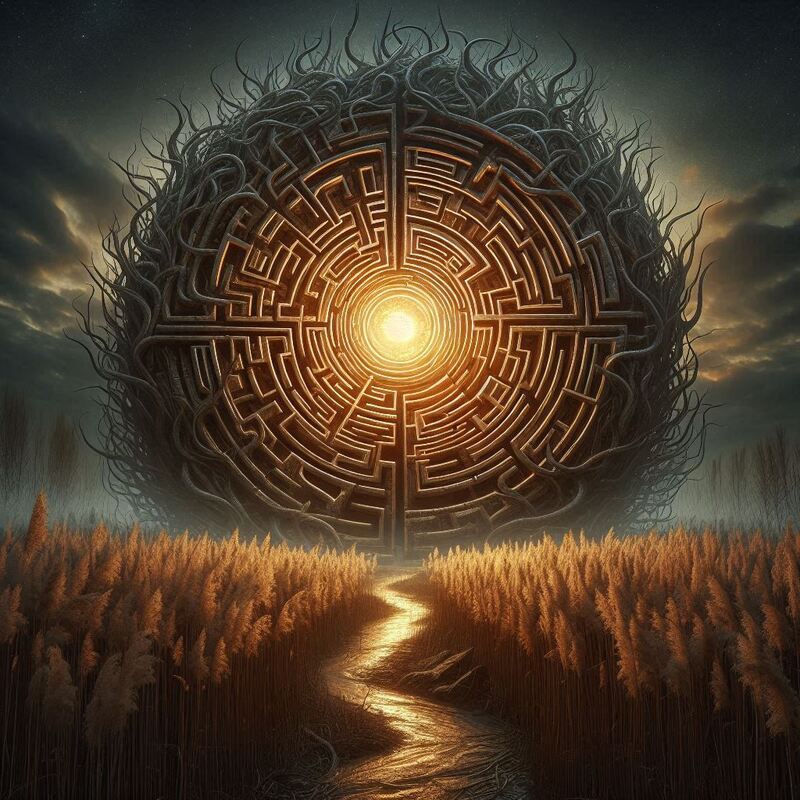
The Labyrinth of the Dead
The Role of Funerary Texts
Funerary texts such as the “Book of the Dead,” the “Amduat,” and the “Book of Gates” play a crucial role in guiding the deceased through the Duat. These texts contain spells, prayers, and instructions meant to protect and empower the soul during its journey. The “Book of the Dead,” for example, includes spells to navigate the gates of the Duat, to summon protective deities, and to ensure the successful completion of the Weighing of the Heart.
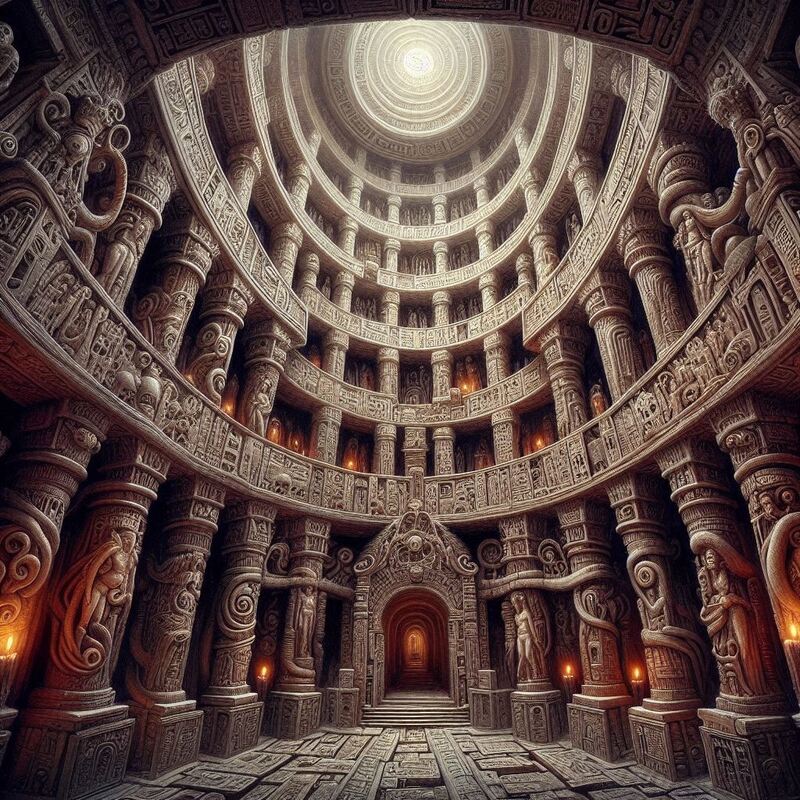
The “Amduat” and the “Book of Gates” provide detailed maps and descriptions of the Duat’s regions, highlighting the path of the sun god Ra and the encounters with various deities and guardians. These texts were often inscribed on the walls of tombs and sarcophagi, ensuring that the deceased would have the knowledge needed to navigate the afterlife successfully.
Symbolism and Beliefs
The journey through the Duat reflects broader Egyptian beliefs about death, morality, and the afterlife. The trials and challenges faced by the soul symbolize the moral and ethical challenges of life. The Weighing of the Heart ceremony underscores the importance of living a life in harmony with Ma’at, encompassing truth, justice, and balance.
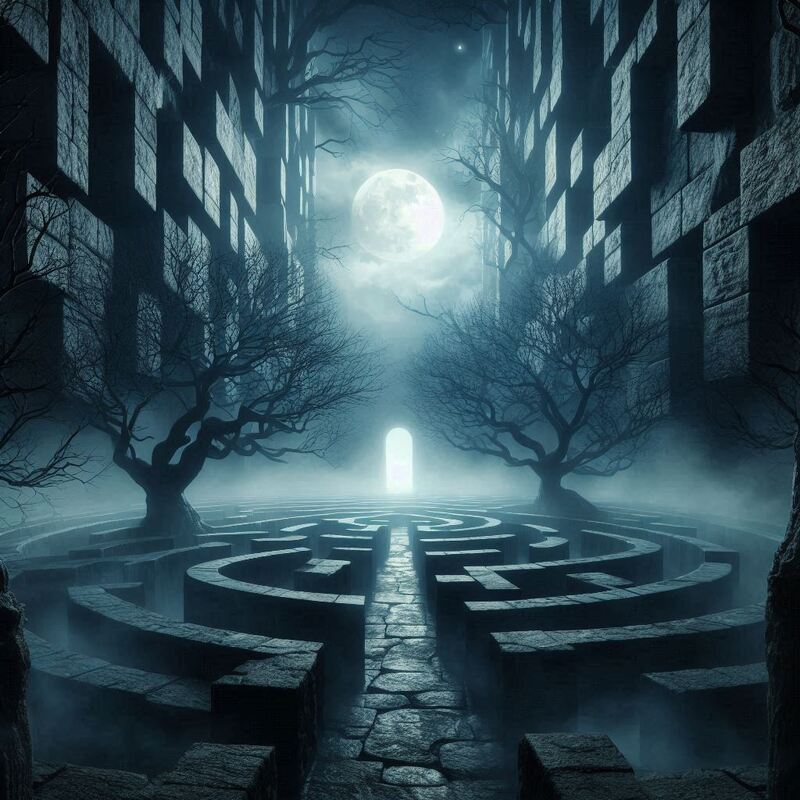
The concept of the Duat also reflects the Egyptian understanding of the cosmos as a cyclical and regenerative process. Just as the sun god Ra undergoes a nightly journey through the Duat to rise again each morning, the soul’s journey through the Duat is a process of renewal and transformation, culminating in eternal life in the Field of Reeds.
The Labyrinth of the Dead
Influence and Legacy
The mythology of the Duat has had a lasting impact on both ancient and modern cultures. The detailed depictions of the afterlife in Egyptian art and literature have influenced subsequent religious and philosophical thought. The idea of a labyrinthine afterlife filled with trials and guided by moral principles can be seen in various cultural contexts, from the Greco-Roman concepts of the afterlife to modern interpretations in literature and popular culture.
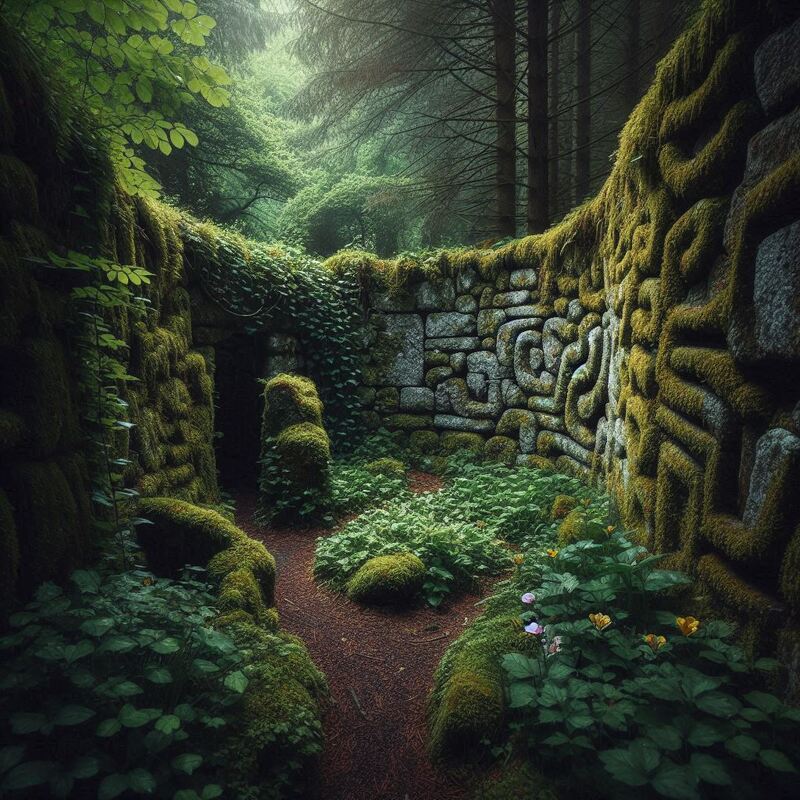
The rich symbolism and intricate mythology of the Duat continue to captivate the imagination, offering insights into ancient Egyptian beliefs and the universal human quest for meaning and eternal life. Through the labyrinth of the Duat, we glimpse a culture that viewed death not as an end, but as a transformative journey toward eternal harmony and bliss.
